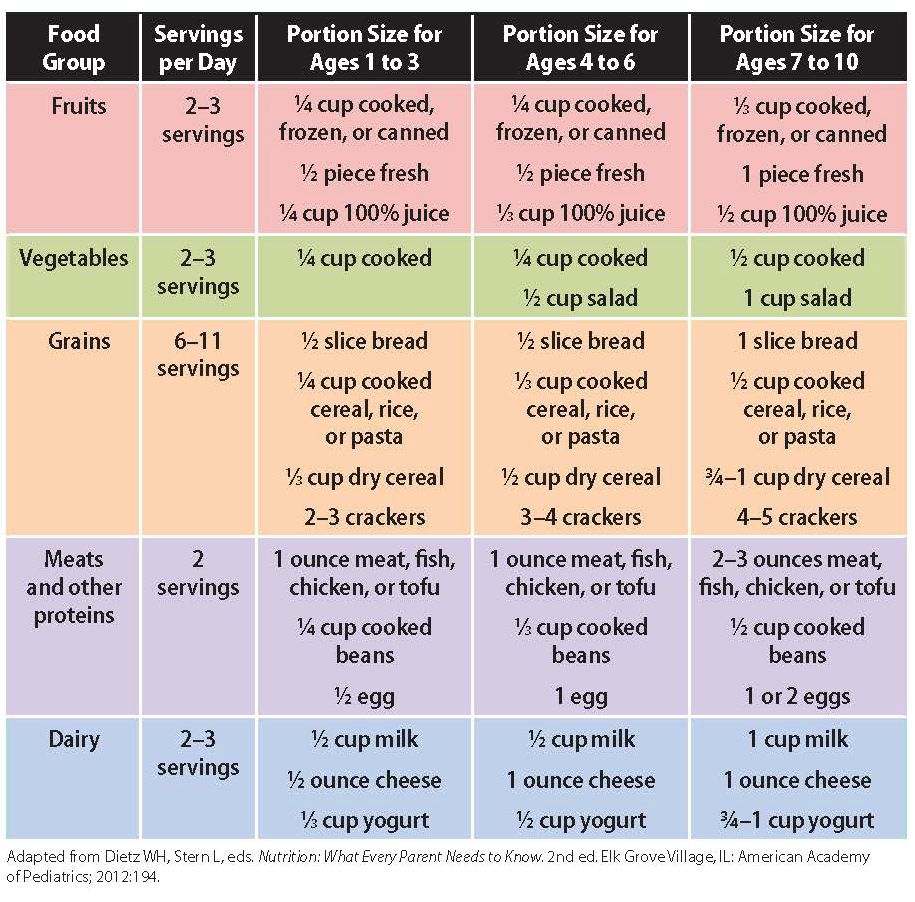
Are school meal portions truly inadequate for growing students? Concerns about insufficient portion sizes in school lunches are raising questions about whether they adequately meet the nutritional needs of children and adolescents. This article delves into the debate surrounding school meal portions, examining the current serving sizes offered, the nutritional requirements of growing children, and the potential consequences of inadequate portions on student health and well-being. We will explore various perspectives on this issue and analyze the evidence to determine if are the portions of school meals too small for the needs of today’s youth.
School Meal Portions
School meal programs across the United States adhere to federal guidelines established by the National School Lunch Program (NSLP). These guidelines dictate minimum serving sizes for various food groups, including fruits, vegetables, grains, protein, and dairy. While these standards aim to ensure that students receive a balanced and nutritious meal, there is ongoing debate about whether the current portion sizes are sufficient to meet the energy and nutrient demands of growing children.
The NSLP guidelines have undergone revisions over time to reflect evolving nutritional recommendations. For instance, serving sizes for fruits and vegetables have been increased in recent years to encourage greater consumption of these essential food groups. However, critics argue that even with these adjustments, portions remain too small, particularly for older students who require more calories and nutrients to support their growth and development.
Nutritional Needs of Children

Children’s nutritional needs vary depending on age, sex, activity level, and individual factors. Growing children require a sufficient intake of macronutrients (carbohydrates, proteins, and fats) and micronutrients (vitamins and minerals) to support healthy growth, development, and cognitive function. Adequate protein is crucial for building and repairing tissues, while carbohydrates provide energy for daily activities. Fats are essential for hormone production and cell function.
Micronutrients play vital roles in various bodily processes. For example, iron is necessary for red blood cell production, calcium supports bone health, and vitamin D aids in calcium absorption. Children who do not consume adequate amounts of these essential nutrients may experience growth delays, weakened immune systems, impaired cognitive development, and other health problems.
Growing Students
Adolescence is a period of rapid physical growth and development, with increased energy requirements compared to childhood. During puberty, students undergo significant hormonal changes that influence their nutritional needs. Boys typically require more calories than girls during this stage due to their larger body size and muscle mass. Adequate protein intake is particularly important for supporting muscle growth and repair in adolescents.
Furthermore, growing students need sufficient amounts of calcium, vitamin D, and iron to support bone health, red blood cell production, and overall well-being. Inadequate nutrition during adolescence can have long-lasting consequences on physical health, cognitive function, and mental health.
Concerns About Portion Sizes

Many parents, educators, and health professionals express concerns about the adequacy of school meal portions. They argue that current serving sizes are too small to satisfy growing students’ appetites and meet their nutritional needs. Some students may choose to skip meals or snack excessively outside of school hours to compensate for inadequate portion sizes at lunch.
Furthermore, critics point out that standardized portion sizes may not account for individual differences in growth rates, activity levels, and dietary preferences. Students with higher energy requirements, such as those involved in sports or extracurricular activities, may require larger portions to fuel their bodies effectively.
Impact on Student Health
The potential impact of inadequate school meal portions on student health is a significant concern. Studies have shown that students who consume insufficient calories and nutrients may experience lower academic performance, increased fatigue, weakened immune systems, and higher rates of chronic diseases later in life.
Moreover, inadequate nutrition can contribute to weight problems, both underweight and overweight. When students are not provided with enough nutritious food at school, they may turn to unhealthy snack options or skip meals altogether, leading to an imbalance in their diet and potential health consequences.
Conclusion
The debate surrounding school meal portions highlights the importance of ensuring that children receive adequate nutrition to support their growth, development, and well-being. While federal guidelines aim to provide a balanced and nutritious meal, concerns remain about whether current portion sizes are sufficient for growing students’ needs. Further research is needed to determine optimal serving sizes based on individual factors such as age, sex, activity level, and dietary preferences. It is crucial to prioritize student health by providing them with nourishing meals that meet their evolving nutritional requirements.
